
views
Writing a Funny Script

Base your humor around unexpected situations or reactions. At a base level, humorous situations arise from situations that you believe will happen one way that turn out an entirely different way. Plan situations or lines in your funny video that lead the viewer to one conclusion only to flip that conclusion on its head. You could, for example, write about a character who realizes on their blind date that they used to be swim team rivals. Or, if you're writing a Star Trek parody, you could have the USS Enterprise run into the Death Star from Star Wars.
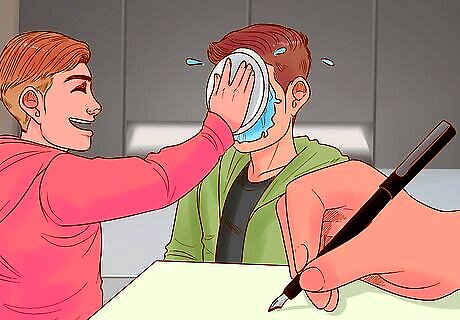
Use the rule of three to write funny scripts. Similar to unexpected situations, humor arises when established patterns are broken in sets of three. Try writing a scene where two similar ideas or situations are presented, then add a third that breaks the pattern. You could, for example, write a slapstick scene where two characters walk through a doorway normally and the third gets hit in the face with a pie when he walks through. Or you could write about two ghosts who like living in a haunted house and a third who is afraid of other ghosts.

Pattern the humor around relatable situations. Successful funny videos are usually based on situations that people can relate to. Think about who your video's target audience is and write in situations that this group has probably experienced. For example, you could write a video about funny, relatable things that happen to high school students (like boring teachers, awkward first dates, and overly-enthusiastic football games). Try writing about situations that are funny to you or a community you belong to, as this will help your humor feel more authentic.
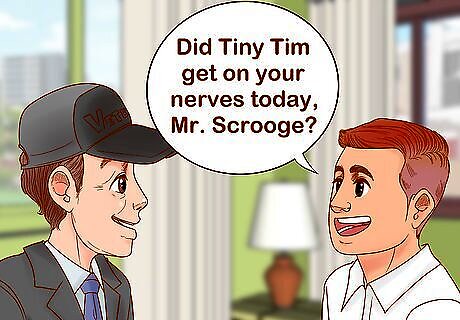
Use metaphors or similes to create humorous dialogue. Funny videos often compare one thing to a caricature of itself. Brainstorm things that remind you of a certain character or situation, and implement them into your dialogue to amplify the humor. You could, for example, write about a mean, strict boss and have another character say, "Did Tiny Tim get on your nerves today, Mr. Scrooge?" Or you could write about a person who just got turned down by a guy and have them say, "I just hit on him but now I feel like my heart was hit by a bus."

Try adding funny anecdotes or stories if you've got writer's block. If you can't think of anything to write, brainstorm funny things that have happened to you. From there, you can either tell your story during the video or write about characters who experience a similar thing. You could, for example, tell a story about a time you accidentally ripped your pants while playing basketball. Or, if you've tried online dating, you could write about a person who meets various eccentric people through online dating apps. Write down anything funny that happens to you as you go about your daily life in the notes app on your phone so you can use it as inspiration later. Joe Toplyn Joe Toplyn, Comedy Writer Crafting a truly hilarious script requires empathy, logic and surprise. The audience should feel invested in the story before you hit them with punchlines. Remember, the jokes will be funnier if viewers care about the people telling them.
Filming the Video

Gather together your filming equipment. To make a quality video, you will need equipment to capture the picture and audio. Depending on your preferences and filming expertise, you can use any of the following things to film your video: Smartphone Camera Webcam Video recorder
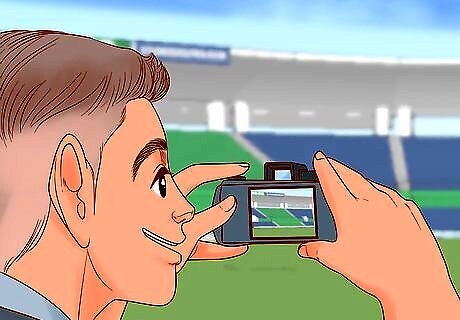
Test the filming equipment beforehand. Before you start making the video, film a few seconds beforehand to make sure your equipment is working. Once you've checked that the equipment is recording and ready to go, you can start filming your funny video. If you're using cameras or video recorders, bring a smartphone with you to record in case your equipment is having trouble.

Use subtle nods to indicate that you're filming a funny video. While dry humor can be hilarious, try to let your audience know that your video is humorous. That way, the audience know from the start that they're watching a funny video and can view it accordingly. You could, for example, have your character look incredulously into the camera after an unexpected or outrageous event.

Add in common funny props or figures. Funny videos often use certain situations or props to enhance the humor. Study popular funny videos and look for recurring props, situations, or figures that they use, and add them to your video as desired. Babies, animals, and other cute things are popular features of funny videos. Silly videos also often feature situations that involve accidents or "fails," funny singing or dancing, and unexpected (but well-meaning) pranks. This is especially useful if you're trying to make a popular or "viral" video.
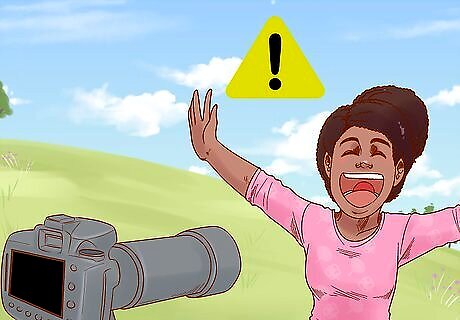
Try not to overact the humor. Although it's important to subtly let your audience know they're watching a funny video, acting overly dramatic can ruin the natural humor of the scene. Beyond a few nods to the audience or exaggerations, avoid delivering your lines or acting with too much emotion or emphasis. An exception to this is if you are making fun of overly-dramatic actors or films.
Editing and Sharing Your Video
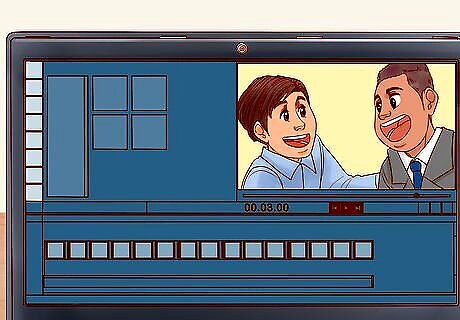
Edit your video to around 2-3 minutes long. The most successful funny videos are usually 3 minutes or less. If your video is longer than this, try to cut or edit as many unnecessary scenes as possible to make sure you're entertaining your audience. To decide whether a scene is worth keeping, ask yourself, "Is this necessary for the overall plot?" and cut out scenes that are not. If you are making a funny movie, however, you have more flexibility with your video's length.
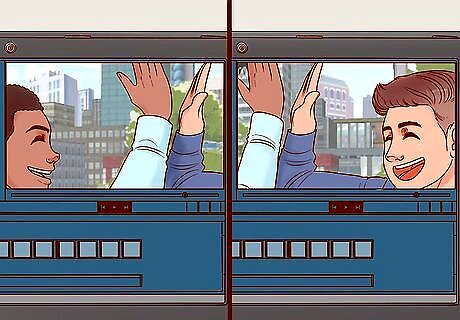
Cut the scenes on movement or actions. Keeping the video moving is important for all videos, but especially funny ones. When editing between shorts or scenes, try to end on an action or gesture. You could, for example, cut a scene on two characters high-fiving.
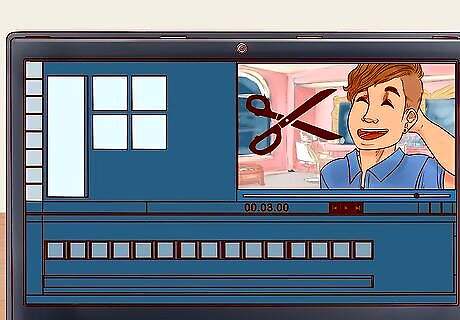
Edit out any mistakes or accidents. Keep an eye out for any lines your actors messed up or scenes that you didn't want to include in the final cut. Make sure you cut these parts out for a smoother, funnier final product. If you want, you could always put all the mistakes and accidents together in a separate video as a blooper reel.

Show your edited videos to others for a second opinion. Once you've edited your video, show a copy to your friends or family. They may suggest ways to edit or re-film the video in ways that enhance its comedic value. If you have any friends who enjoy watching or making videos, send them a copy of your film to get more authoritative feedback.

Share your funny video with other people, if you want. The best part about making a funny video is sharing the gift of laughter with others. If you want others to see your video, you can share it privately with your friends or post it online for anyone to see. YouTube, Vimeo, Twitch, and Dailymotion are all great places to post videos online.




















Comments
0 comment